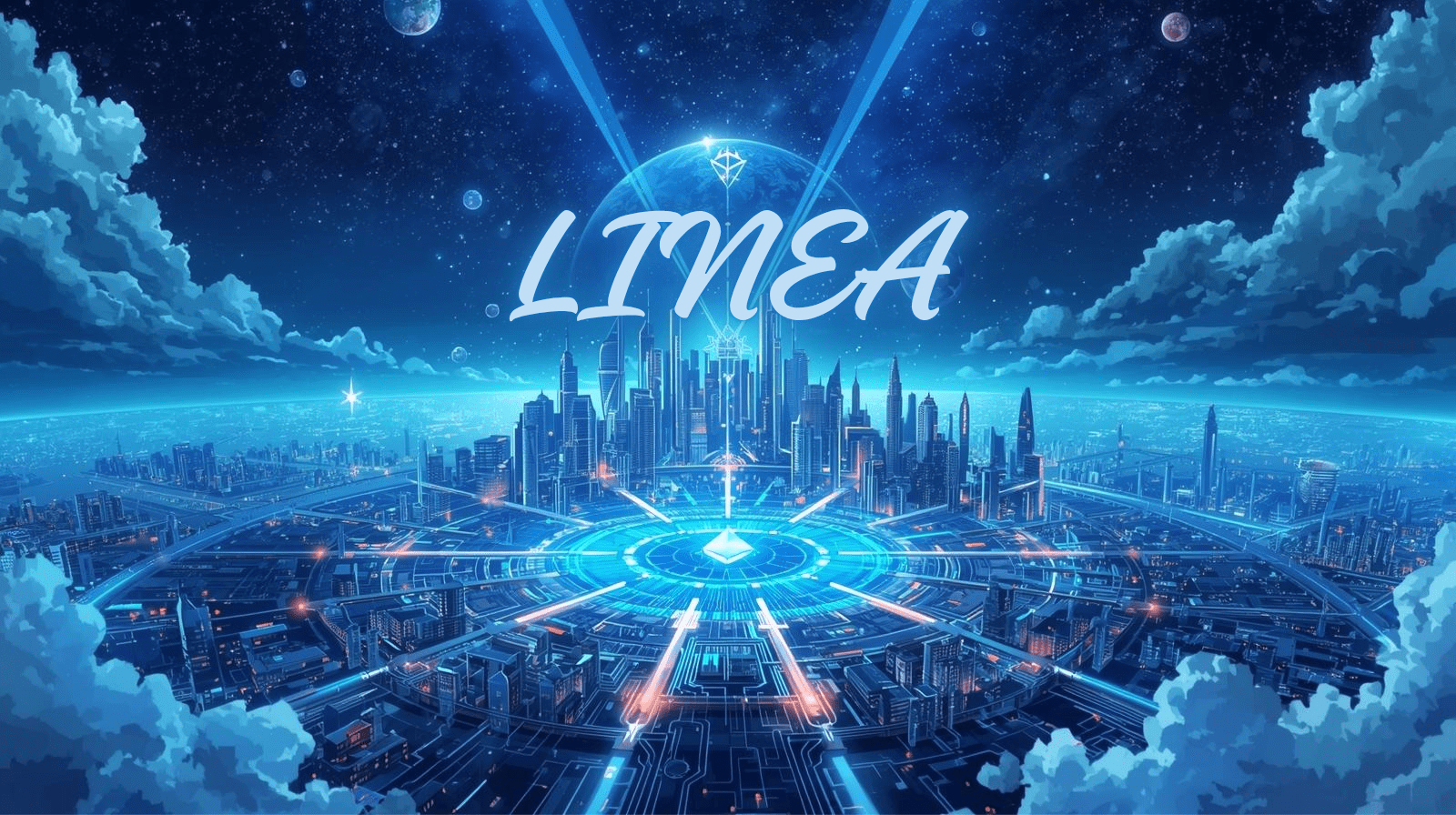
Linea is currently navigating an important phase in its evolution as one of the most ambitious Layer-2 projects in the Ethereum ecosystem. After successfully building a scalability foundation, the focus has now shifted to achieving full parity with Ethereum, both technically and economically. Their latest roadmap outlines a clear direction: strengthening liquidity, expanding user trust, and maturing the zkEVM infrastructure.
The first step that will take place in Q4 2025 is the launch of Native Yield, a system that allows ETH deposits on Linea to automatically generate staking rewards. These yields will then be distributed to liquidity providers in the Linea DeFi ecosystem. This concept was born from the major lesson learned after the massive liquidity exit from Blast in 2024. This time, Linea is striving to ensure that incoming capital remains in their ecosystem for a longer period.
For users, this means one simple thing: ETH stored in Linea is now not just 'idle' but working to generate rewards. However, of course, the success of this scheme still depends on two major factors: how quickly DeFi adoption in Linea grows, and how fierce the competition is with other Layer-2s like Base.
Still within the same period, Linea will launch Trust Minimization Fallback, a system designed to keep activities running even when the sequencer fails. This mechanism allows users to conduct transactions or withdrawals independently, without waiting for authorization from a centralized party. In addition, Linea will also expand the Security Council to more than eight members, with half of them coming from independent parties, a real effort to strengthen the credibility of decentralization.
In terms of price, the impact may not be felt immediately, but fundamentally, this is an important step towards long-term trust. The biggest risk still lies in the transition: Linea's PoA-based sequencer system remains a vulnerable point that must be addressed promptly so that the vision of decentralization does not stop at a slogan.
As we enter early 2026, a new chapter will begin with Type-1 zkEVM, an upgrade that brings Linea to full parity with Ethereum. This means that the block storage and validation structure in Linea will be fully identical to Layer-1, allowing for direct verification without intermediaries. This is not just a technical update, but a redefinition of Linea's position as an L2 that is truly on par with Ethereum, not just compatible.
This step has been accelerated from the initial plan of 2027, indicating how serious Linea is in attracting developers who demand L1 parity to build their applications. Nevertheless, the complexity of implementing zkEVM is not without risks; long audits like those experienced by zkSync in 2024 could still recur.
If everything goes according to plan, Linea will become an L2 with a unique character: native ETH-based economy, 5,000 TPS performance, and mature decentralization. With a combination of dual burn mechanism (burning ETH in two layers) and direct staking incentives, Linea attempts to compete with the token-centric models of other projects by offering something simpler yet powerful: the pure value of Ethereum itself.
However, behind that grand vision, one question hangs: can Linea's native ETH economic model surpass the token strategies of competitors like Base, especially amid increasing institutional interest?
The answer may not necessarily come quickly. But if this roadmap is realized without major obstacles, Linea has the potential to become the ideal bridge between Ethereum's security and truly decentralized DeFi liquidity.


